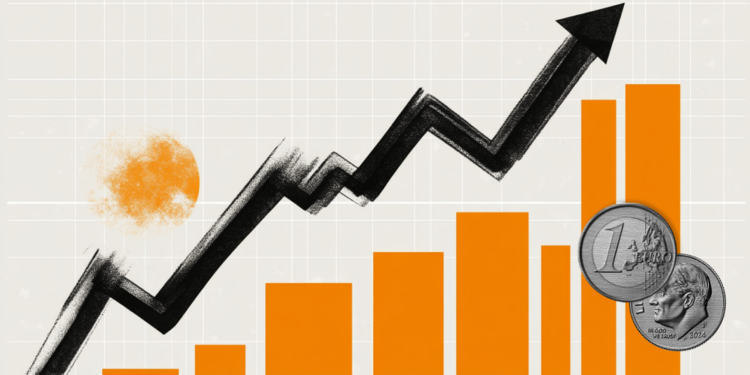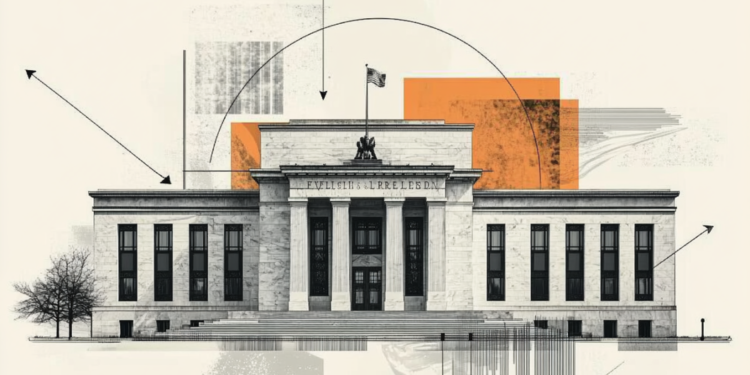- The dollar rose on Tuesday in the final hours of trading in the United States, while reports from Capitol Hill suggested that there was no resolution in sight.
- Durable goods orders will be published on Wednesday.
- The Dollar Index hits a new 10-month high above 106.32.
He US dollar (USD) continues to record new highs for 40 weeks, and the main driver this week is the stalemate on Capitol Hill. Both the Senate and the House of Representatives are introducing bills, proposals that alone are not enough to avoid a shutdown before October 1. As the deadline approaches, it becomes more likely that the US government will be closed on Saturday and markets could be left in the dark about where the US stands in terms of macroeconomic conditions, as a shutdown prolonged would mean that many agencies would stop publishing economic data.
The main event on Wednesday will be the Durable Goods Orders, which provide a little more information on the health of the US manufacturing sector… Expectations point to a marginal increase of 0.1%, below the 0.4% recorded in July. The US Energy Information Administration (EIA) will also publish its US crude oil reserve figures, as the current Cushing reserve is at the lowest level in the last decade. These figures could cause a new rise in oil prices.
Daily summary: The dollar, a safe haven
- The Mortgage Bankers Association (MBA) will publish its number of mortgage applications from last week at 11:00 GMT. The previous figure was an increase of 5.4%.
- Durable goods figures will be published at 12:30 GMT. Durable goods without transportation are expected to take a step back, from 0.4% increase to 0.1%. The overall index had previously fallen 5.2%, and markets expect a less pronounced drop of 0.5%.
- At 2:30 p.m. the long-awaited crude oil reserves report from the US EIA will be published. In addition to the variation in crude oil reserves, Cushing’s current reserves will be a determining factor for Oil prices.
- The US Treasury is expected to hit the markets with a 5-year bond auction at 5:00 p.m.
- Stocks in the green in all markets, from Asia to US futures. The markets are trying to get rid of the negative pessimism of recent days.
- CME Group’s FedWatch tool shows that markets are pricing in an 80.4% chance that the Federal Reserve will keep interest rates unchanged at its November meeting.
- The 10-year U.S. Treasury yield hit 4.51%, retreating slightly from Monday’s high as investors began buying safe bonds to protect themselves from a potential U.S. government shutdown.
Dollar Index Technical Analysis: Are We There Yet?
This week, the Dollar continues to set new 10-month highs, with several main factors making the Dollar a safe haven. Not only is the possible shutdown of the US government a close factor, the current interest rate differential and the hawkish comments of several members of the US Federal Reserve make it clear to the markets that the policy It’s not going to change in the short term. This validates that the US Dollar Index (DXY) is on track to hit a new 52-week high.
The Dollar Index opens above 106.00, although the overheating RSI could make it difficult to maintain this level. Traders looking to reach a new 52-week high should be aware that there is a long way to go towards 114.78. Better to look for 107.19, the high of November 30, 2022, as the next upside profit target.
On the downside, the recent resistance at 105.88 should be considered the first support. However, it has just broken to the upside, so it is not likely to be a solid barrier. It is preferable to look for 105.12 to keep the DXY above 105.00.
US Dollar FAQ
What is the US Dollar?
The United States Dollar (USD) is the official currency of the United States of America, and the “de facto” currency of a significant number of other countries where it is in circulation alongside local banknotes. According to 2022 data, it is the most traded currency in the world, with more than 88% of all global currency exchange operations, equivalent to an average of $6.6 trillion in daily transactions.
After World War II, the USD took over from the Pound Sterling as the world’s reserve currency. For most of its history, the US Dollar was backed by Gold.
How do Federal Reserve decisions affect the dollar?
aThe single most important factor influencing the value of the US Dollar is monetary policy, which is determined by the Federal Reserve (Fed). The Fed has two mandates: achieve price stability (control inflation) and promote full employment. Your main tool to achieve these two objectives is to adjust interest rates.
When prices rise too quickly and inflation exceeds the 2% target set by the Fed, the Fed raises rates, which favors the price of the dollar. When Inflation falls below 2% or the unemployment rate is too high, the Fed can lower interest rates, which weighs on the Dollar.
What is Quantitative Easing and how does it influence the dollar?
In extreme situations, the Federal Reserve can also print more dollars and enact quantitative easing (QE). QE is the process by which the Fed substantially increases the flow of credit into a clogged financial system.
This is an unconventional policy measure used when credit has dried up because banks do not lend to each other (for fear of counterparty default). It is a last resort when a simple lowering of interest rates is unlikely to achieve the necessary result. It was the Fed’s weapon of choice to combat the credit crunch that occurred during the Great Financial Crisis of 2008. It involves the Fed printing more dollars and using them to buy US government bonds, primarily from financial institutions. QE usually leads to a weakening of the US Dollar.
What is quantitative tightening and how does it influence the US dollar?
Quantitative tightening (QT) is the reverse process by which the Federal Reserve stops purchasing bonds from financial institutions and does not reinvest maturing capital in new purchases. It is usually positive for the US dollar.
Source: Fx Street
I am Joshua Winder, a senior-level journalist and editor at World Stock Market. I specialize in covering news related to the stock market and economic trends. With more than 8 years of experience in this field, I have become an expert in financial reporting.







